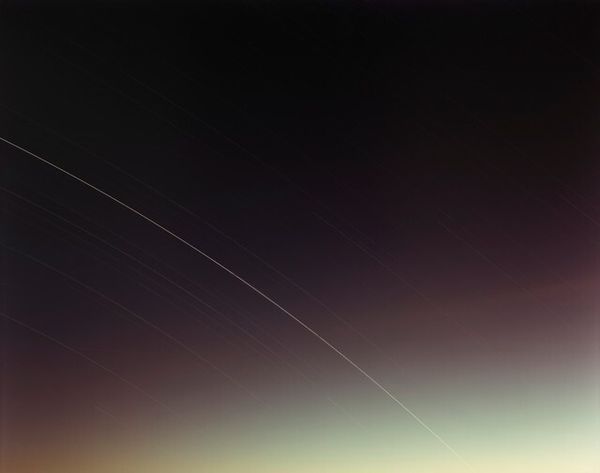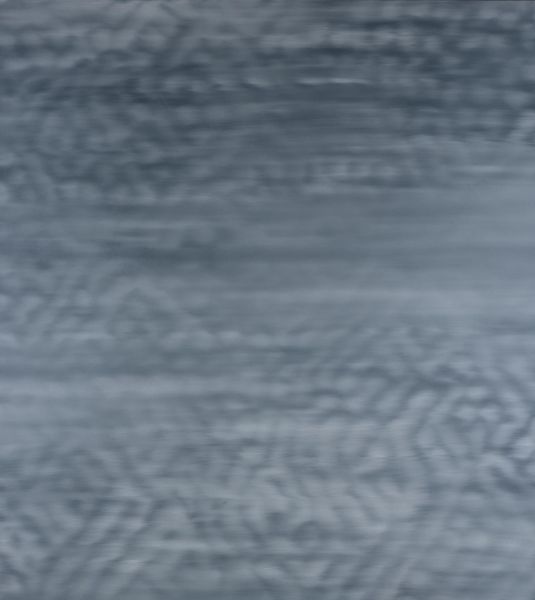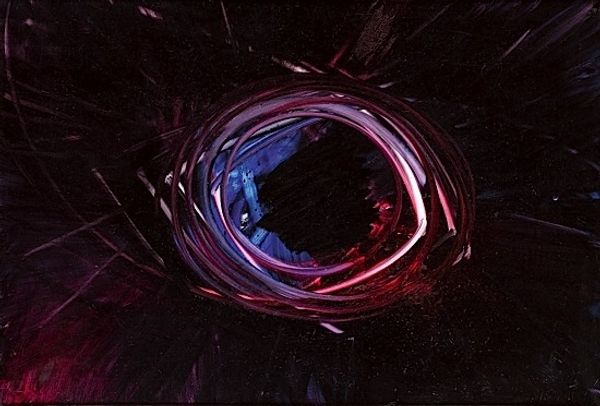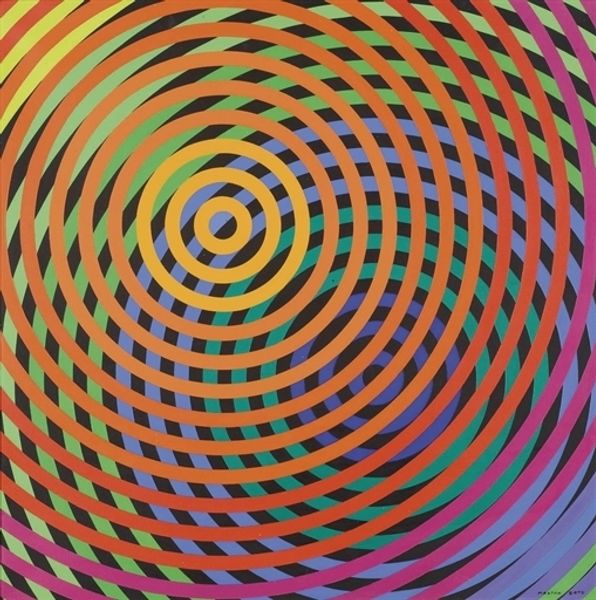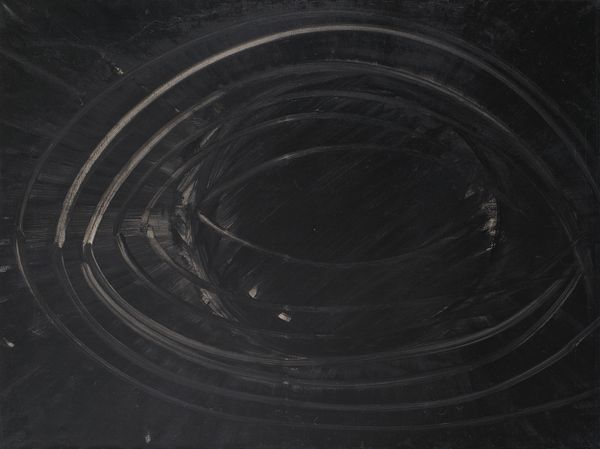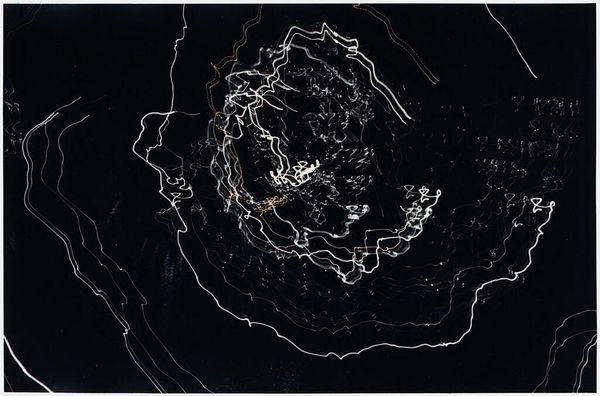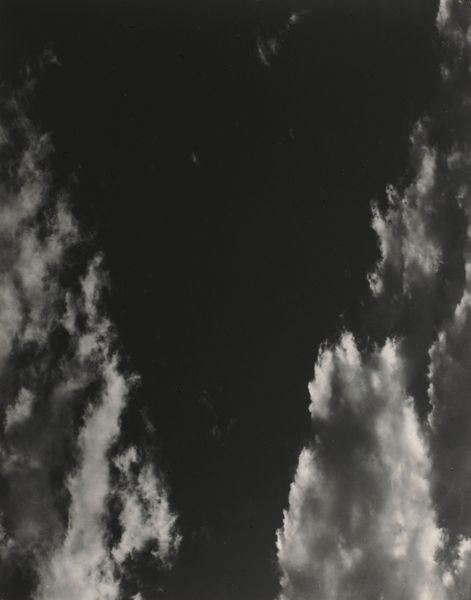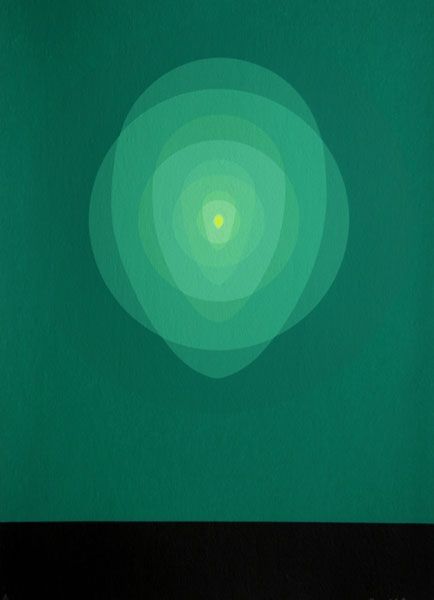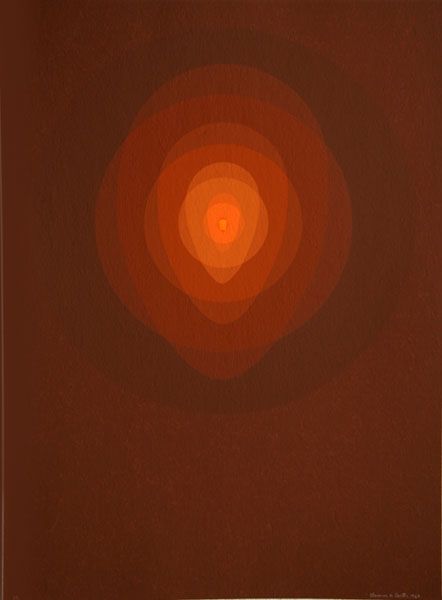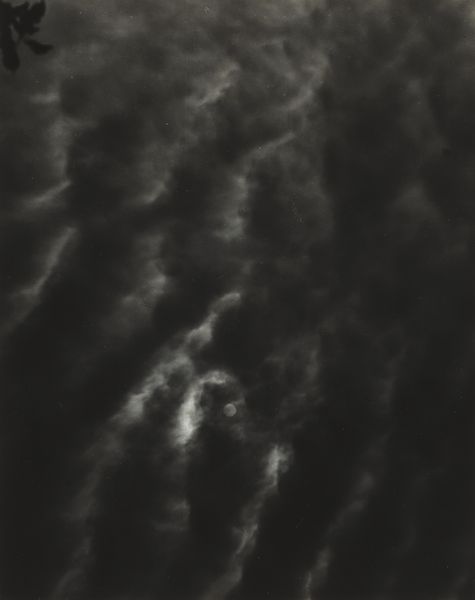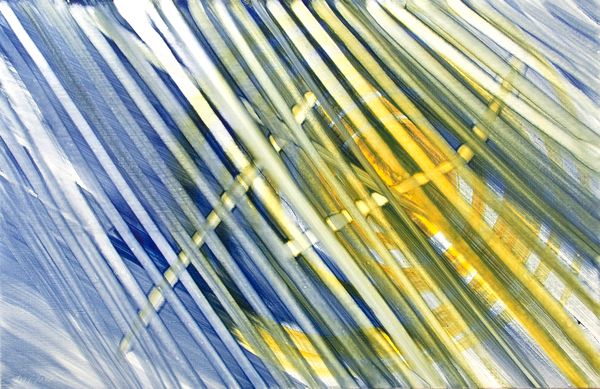
Polaris Over Lake Mead, Nevada, March 14-15, 1997 11:56PM-4:15AM 1997
0:00
0:00
c-print, photography
#
contemporary
#
conceptual-art
#
landscape
#
c-print
#
photography
#
abstraction
#
line
Dimensions: image: 120.65 × 154.31 cm (47 1/2 × 60 3/4 in.) framed: 122.56 × 155.58 × 3.81 cm (48 1/4 × 61 1/4 × 1 1/2 in.)
Copyright: National Gallery of Art: CC0 1.0
Editor: So, this is Richard Misrach’s "Polaris Over Lake Mead, Nevada, March 14-15, 1997 11:56PM-4:15AM," a c-print photograph from 1997. It’s mesmerizing, those circular star trails. It really gives a sense of cosmic scale, but I wonder, how do you interpret it? Curator: I see the laborious, durational act of image-making itself as central to this work. It's not just about capturing beauty, but revealing the technical and material processes. Think about the resources invested—the camera, the film, the darkroom materials. And the artist's time. It also highlights the relationship of industry and geography that have made Las Vegas and the fabricated spectacle of Lake Mead possible. Editor: That's interesting, the time aspect. It feels almost like a performance documented through photography. Are you saying the photograph itself is less important than what it took to make it? Curator: The photograph _is_ the record, the trace, the evidence of that performance. The image couldn't exist without the technology and labor involved, right? Consider Lake Mead itself, an artificial construct. The photograph captures the celestial rotation in relationship to the very terrestrial and fabricated space, pointing toward humanity's heavy manipulation of its environment through acts of consumption. Editor: That makes me think about the labor behind star charts and navigation. This image could be seen as a kind of inverted chart, almost handmade because it wasn’t digitally constructed. Curator: Exactly! And the imperfections of the trails reinforce the human element. Think about how a shorter exposure, different material, or another locale would influence our reading of environmental engineering through material and consumption. The materials here tell that specific story of commodified progress. Editor: It makes you think about where the image comes from, not just what it depicts. I didn't consider the resources poured into this...literally, water. Curator: Precisely! Considering Misrach's method opens our minds to not only observe a photograph's beautiful image but consider the artifice and production chain. Editor: Right, thank you. It's all connected; the image, materials, place, and the statement it makes about humans’ modification of our landscape.
Comments
No comments
Be the first to comment and join the conversation on the ultimate creative platform.
